Convair XC-99 Transport and Model 37 Airliner
|
As the advent of jet aircraft began to emerge in the late 1940s and early 1950s, Convair started design on variants of its B-36 Peacemaker. It created a swept-winged version with all-jet propulsion, known as the YB-60.
The other variant of the B-36 was the giant cargo plane, the XC-99 (S/N 43-52436) , the largest piston-engined aircraft in the world. It was built at the Consolidated plant in San Diego, had its maiden flight on November 23, 1947, and was delivered to the Air Force in May 1949. The XC-99 was used for many years in active service.
The XC-99 logged more than 7,400 hours of flying time and moved more than 60 million pounds of cargo. The XC-99 made its final voyage on March 19, 1957.
The US Air Force determined that it had no need for such a large, long-range transport plane at that time, and no more were ordered. The sole XC-99 served until 1957, including extensive usage during the Korean War.
It made twice weekly trips from Kelly AFB to the aircraft depot at McClellan AFB, California, transporting supplies and parts for the B-36 bomber while returning by way of other bases or depots making pick-ups and deliveries along the way.
More B-36 About the B-36: Design, Production, Deployment & Scrapping B-36 - National Museum of the U.S. Force B-36 - Pima Air & Space Museum B-36 - Strategic Air Command & Aerospace Museum |
Convair XC-99 Retirement and Restoration Efforts
In 1957, due to metal fatigue, the XC-99 was taken out of service, and put on display in San Antonio. Eventually the plane deteriorated, and in 1993 was transferred to the care of the National Museum of the U.S. Air Force in Dayton.
Disassembly of the aircraft began at Kelly Field in April 2004. Portions of the airframe were then airlifted from Kelly, some pieces via C-5 Galaxy aircraft. By the summer of 2008, the XC-99 had been completely moved to Dayton.
The aircraft was moved again in 2012 to Davis-Monthan AFB in Tucson for storage in the dry desert environment to prevent any further corrosion until funding for restoration is available.
Convair XC-99 Specifications
- Crew: Five duty + five reserve crew
- Capacity: 400 troops Payload: 100,000 lb
- Length: 182 ft 6 in
- Wingspan: 230 ft 0 in
- Height: 57 ft 6 in
- Wing area: 4,772 ft²
- Empty weight: 135,232 lb
- Loaded weight: 265,000 lb
- Max takeoff weight: 320,000 lb
- Powerplant: 6 × Pratt & Whitney R-4360-41 Wasp Major 28-cylinder air-cooled radial engine, 3,500 hp each
- Performance: Maximum speed: 307 mph
- Range: 8,100 mi
- Service ceiling: 30,000 ft
Convair Model 37: The Commercial Variant of the XC-99 and B-36
|
Convair also considered developing a commercial airliner based on the B-36 and XC-99, but ultimately scrapped the idea in favor of pursuing the Convair 880 jetliner.
The Convair Model 37 was to have a wing span of 230 feet, 182 feet in length, and a double-deck fuselage.
Passenger capacity of the plane was planned at 204. Cruising speeds were projected to be between 310-342 mph, and be able to operate at altitudes up to 30,000 feet, with a range of 4,200 miles.
Fifteen (15) aircraft were ordered by Pan American World Airways for transatlantic service. However, fuel and oil consumption of the six 3,500 hp Wasp Major radials led to the decision that the Model 37 was not economically feasible. With only orders for 15 Model 37s, Convair cancelled the plane.
Photos of the XC-99
Convair XC-99 Transport landing during trials - S/N 43-52436 |
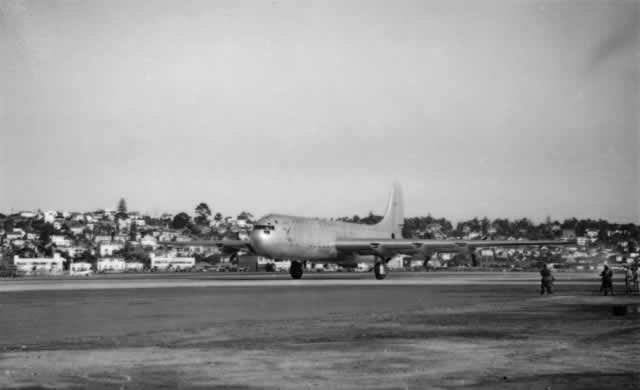 |
Convair XC-99 - Nose view as seen in LIFE |
 |
Top of the wing of the Convair XC-99 |
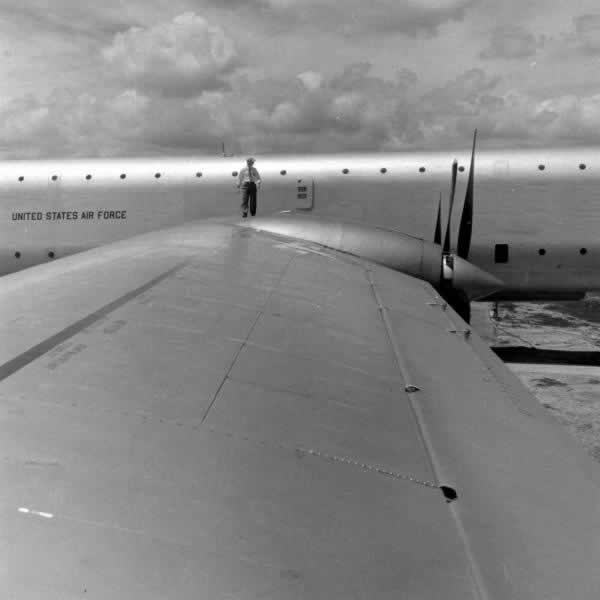 |
The start of a Convair XC-99 takeoff run |
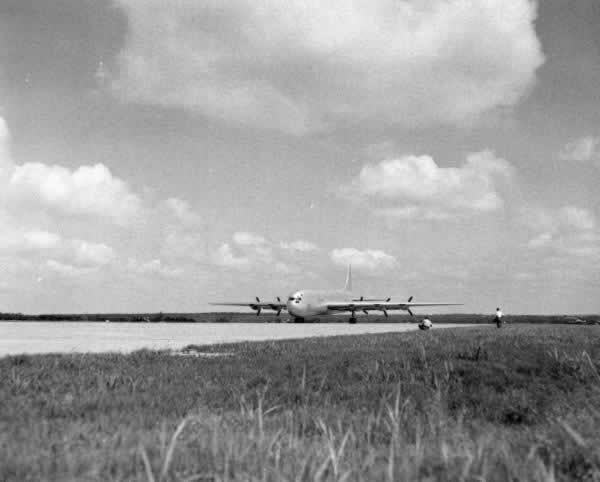 |
Convair XC-99 on the apron |
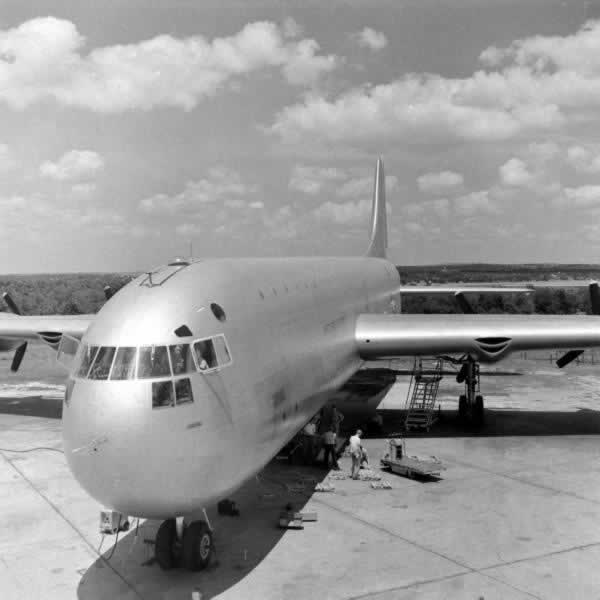 |
Convair XC-99 loading 400 passengers |
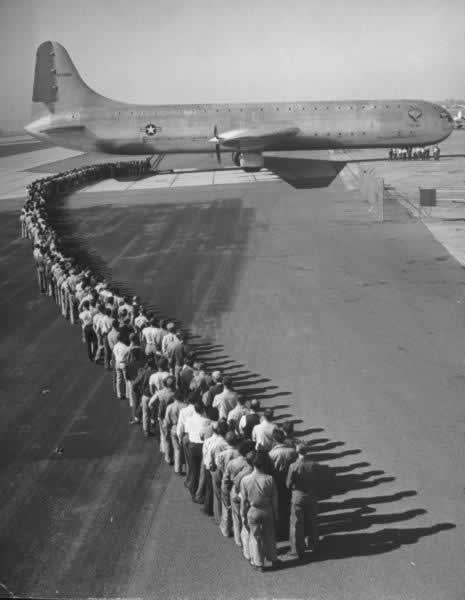 |
Convair XC-99 parked next to a twin-engine Convair airliner |
 |
Convair XC-99 in flight |
 |
Convair XC-99 and B-36 Peacemaker in flight formation |
 |
Convair XC-99 Transport - circa 1954 |
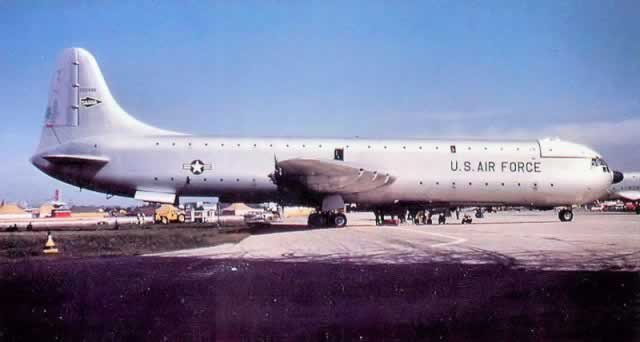 |
Photos of the XC-99 at Kelly AFB
"A Look at Kelly" Annual 1954 Edition... Featuring the Convair XC-99 |
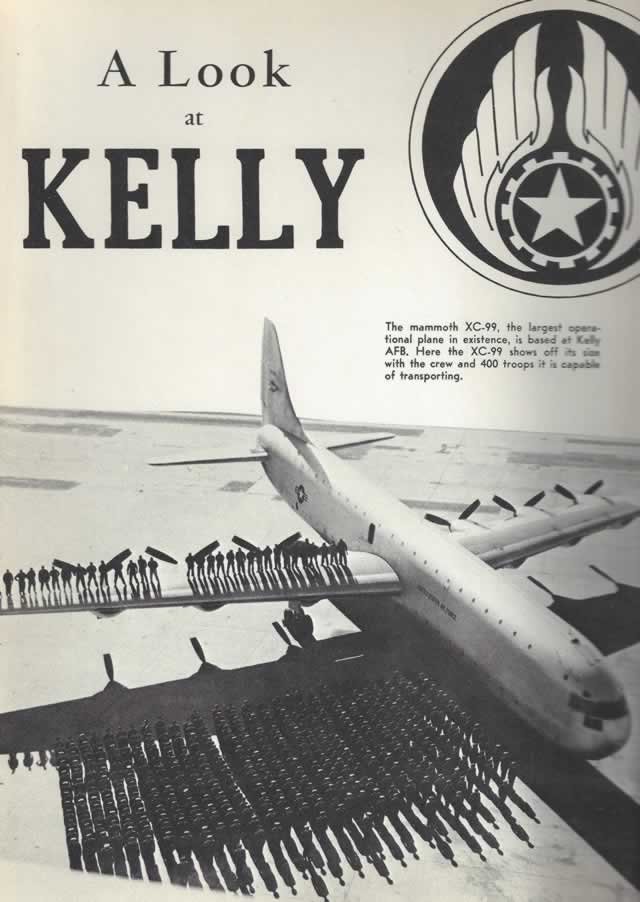 |
XC99 Dawn Mission |
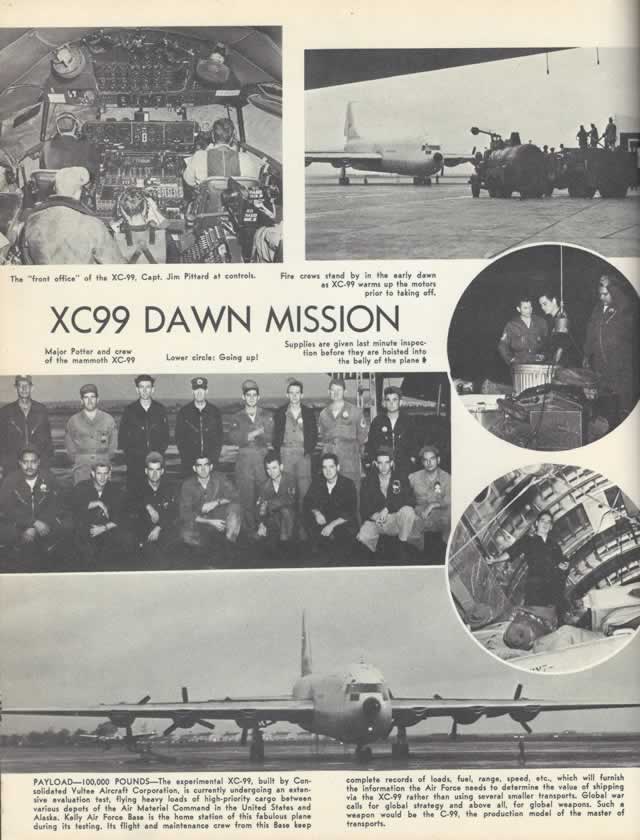 |
Convair XC-99 at the U.S. Air Force Overhaul Center for the B-36 |
 |
U.S. Air Force Convair XC-99 on the tarmac |
 |
A series of original photographs of the XC-99 when it was on display status at Kelly AFB in San Antonio, Texas (photos courtesy of April Coon) |
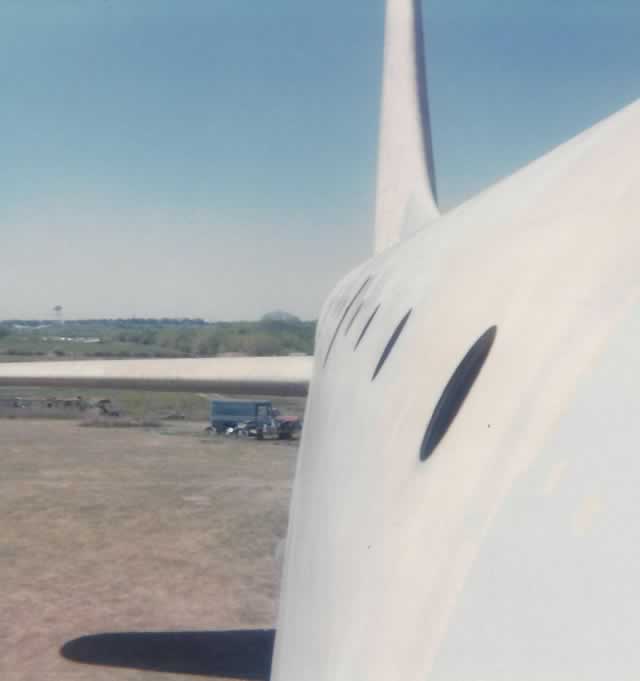 |
View of the XC-99 wing and engines from the fuselage |
 |
Interior view of an XC-99 engine |
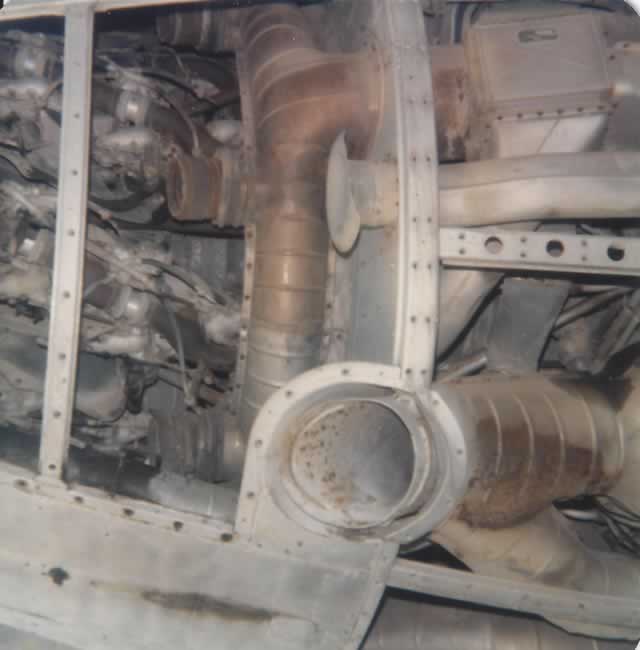 |
View of the interior of the XC-99 cockpit |
 |
XC-99 engineer's console |
 |
View of the interior of the XC-99, looking from the cockpit to the tail area |
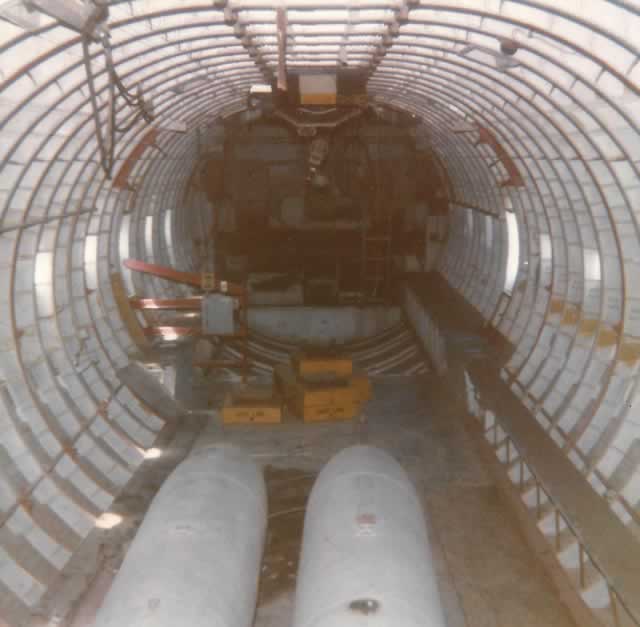 |



